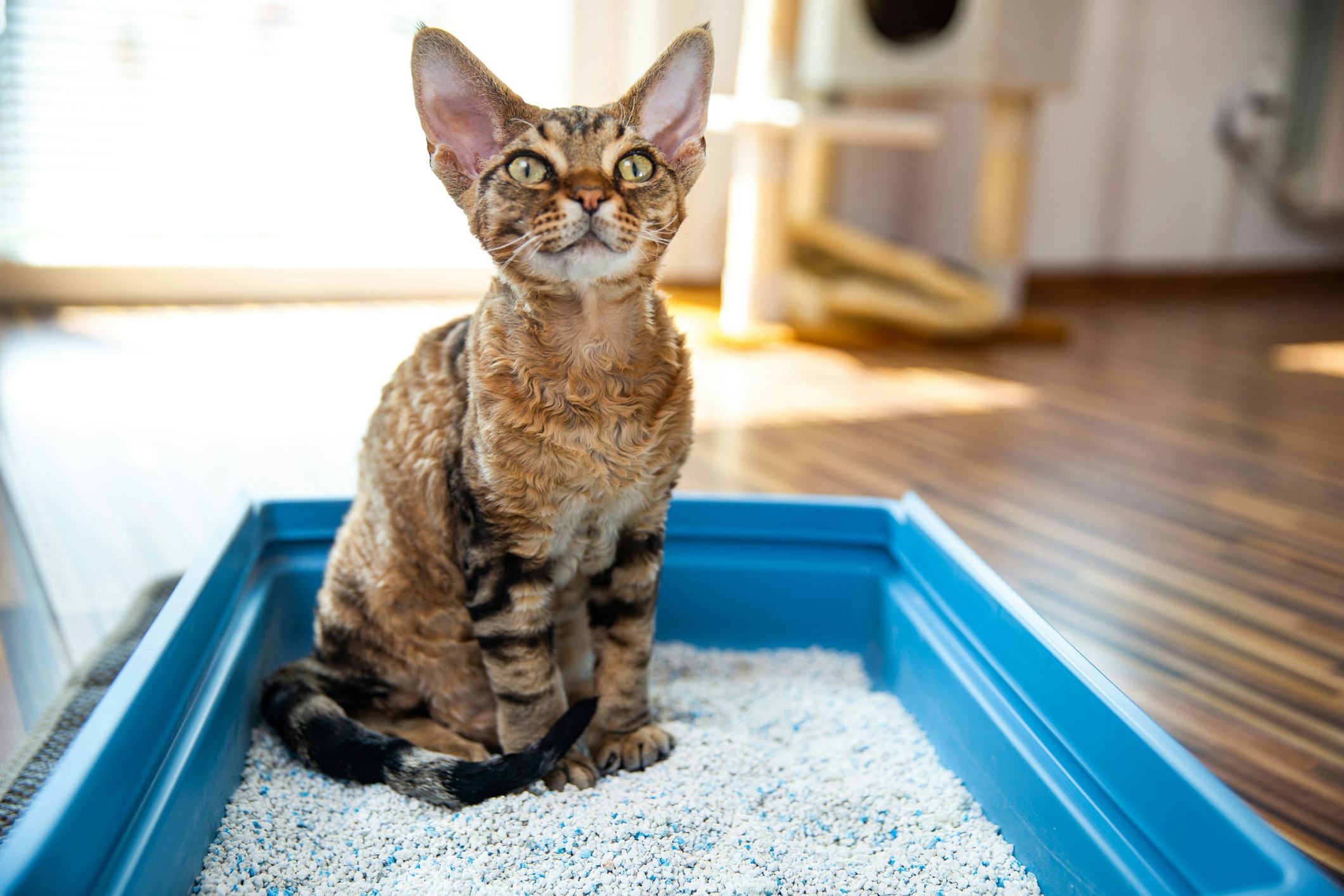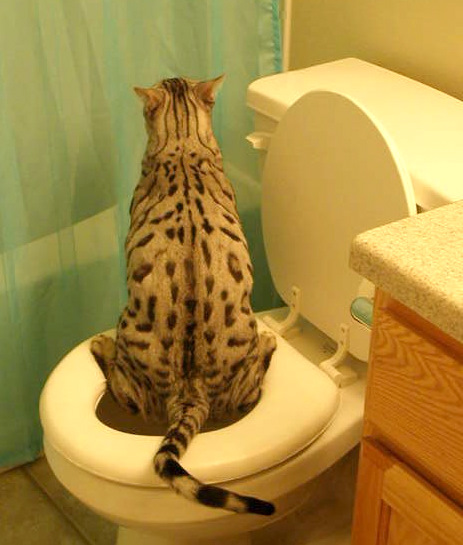Have you been in search of selective information involving 4 Reasons Why Dog Poop Cleanup is Important?

When it concerns throwing away waste, especially animal waste, many individuals often consider the practical option of flushing it down the bathroom. Nonetheless, this relatively easy service can have serious repercussions for the environment and public health. In this write-up, we'll discover why flushing pet waste down the commode is a poor concept and supply different approaches for proper disposal.
Introduction
Proper waste disposal is critical for keeping ecological sustainability and public health. While it may appear safe to flush animal waste down the bathroom, it can bring about different concerns, both for the setting and human health.
Risks of flushing animal waste
Environmental influence
Flushing pet waste presents damaging bacteria and pathogens right into waterways, which can negatively affect aquatic ecosystems. These pathogens can contaminate water sources and damage marine life, disrupting fragile ecological communities.
Public health worries
Pet waste includes hazardous microorganisms such as E. coli and Salmonella, which can position major health dangers to humans. Flushing pet waste down the bathroom can infect water materials, leading to the spread of conditions and infections.
Alternatives to flushing
Rather than purging pet waste down the commode, there are a number of alternative disposal techniques that are extra eco-friendly and sanitary.
Composting
Composting pet waste is an environment-friendly means to get rid of it. By composting, organic matter is broken down right into nutrient-rich soil, which can be made use of to fertilize yards and plants.
Garbage dump disposal
Getting rid of pet waste in a land fill is an additional choice. While not as eco-friendly as composting, it is a more secure option to flushing, as it stops the contamination of water sources.
Animal waste disposal systems
There are specialized pet dog waste disposal systems available that safely and hygienically deal with animal waste. These systems frequently make use of enzymes to break down waste and eliminate smells.
Steps to proper pet garbage disposal
To make certain appropriate disposal of pet waste, follow these actions:
Scooping and nabbing waste
On a regular basis scoop and bag pet waste using eco-friendly bags. This stops waste from infecting the environment.
Using marked waste containers
Dispose of bagged pet waste in assigned waste containers, such as garden compost bins or land fill bins. Stay clear of flushing it down the commode at all costs.
Cleaning litter boxes and family pet areas frequently
Regularly tidy litter boxes and family pet locations to stop the accumulation of waste and bacteria. Use pet-safe cleaning products to keep hygiene.
Advantages of appropriate disposal approaches
Adopting proper disposal methods for pet waste offers numerous benefits:
Decreased environmental pollution
Correct disposal approaches lower the threat of environmental pollution, safeguarding waterways and ecological communities from contamination
Minimized threat of water contamination.
By staying clear of flushing animal waste down the bathroom, the risk of water contamination is considerably lowered, securing public health.
Enhanced hygiene and hygiene
Appropriate disposal approaches promote better cleanliness and health, creating a more secure environment for both human beings and pets.
Conclusion
In conclusion, purging animal waste down the toilet is dangerous to the atmosphere and public health. By embracing different disposal techniques and complying with correct waste monitoring methods, we can minimize the negative influence of pet waste and contribute to a cleaner, healthier earth.
Why You Should Never Flush Cat Poop Down the Toilet
A rose by any other name might smell as sweet, but not all poop is created equal. Toilets, and our sewage systems, are designed for human excrement, not animal waste. It might seem like it couldn’t hurt to toss cat feces into the loo, but it’s not a good idea to flush cat poop in the toilet.
First and foremost, assuming your cat uses a litter box, any waste is going to have litter on it. And even the smallest amount of litter can wreak havoc on plumbing.
Over time, small amounts build up, filling up your septic system. Most litter sold today is clumping; it is made from a type of clay that hardens when it gets wet. Ever tried to scrape old clumps from the bottom of a litter box? You know just how cement-hard it can get!
Now imagine just a small clump of that stuck in your pipes. A simple de-clogger like Drano isn’t going to cut it. And that means it’s going to cost you big time to fix it.
For an amusing, graphic tale of what happens when you flush too much litter down the toilet all at once, take a few minutes to read Gene Weingarten’s 2017 Washington Post column “So that’s what happens when you flush cat litter down the toilet.”
Parasitic Contamination
Believe it or not, your healthy kitty may be harboring a nasty parasite. Only cats excrete Toxoplasma in their feces. Yet it rarely causes serious health issues in the cats that are infected. Most people will be fine too if infected. Only pregnant women and people with compromised immune systems are at risk. (If you’ve ever heard how women who are expecting are excused from litter cleaning duty, Toxoplasma is why.)
But other animals may have a problem if infected with the parasite. And human water treatment systems aren’t designed to handle it. As a result, the systems don’t remove the parasite before discharging wastewater into local waterways. Fish, shellfish, and other marine life — otters in particular — are susceptible to toxoplasma. If exposed, most will end up with brain damage and many will die.
Depending on the species of fish, they may end up on someone’s fish hook and, ultimately on someone’s dinner plate. If that someone has a chronic illness, they’re at risk.
Skip the Toilet Training
We know there are folks out there who like to toilet train their cats. And we give them props, it takes a lot of work. But thanks to the toxoplasma, it’s not a good idea.
Leave the toilet to the humans, and accept your future litter cleaning duty.

Regularly tidy litter boxes and family pet locations to stop the accumulation of waste and bacteria. Use pet-safe cleaning products to keep hygiene.
Advantages of appropriate disposal approaches
Adopting proper disposal methods for pet waste offers numerous benefits:
Decreased environmental pollution
Correct disposal approaches lower the threat of environmental pollution, safeguarding waterways and ecological communities from contamination
Minimized threat of water contamination.
By staying clear of flushing animal waste down the bathroom, the risk of water contamination is considerably lowered, securing public health.
Enhanced hygiene and hygiene
Appropriate disposal approaches promote better cleanliness and health, creating a more secure environment for both human beings and pets.
Conclusion
In conclusion, purging animal waste down the toilet is dangerous to the atmosphere and public health. By embracing different disposal techniques and complying with correct waste monitoring methods, we can minimize the negative influence of pet waste and contribute to a cleaner, healthier earth.
Why You Should Never Flush Cat Poop Down the Toilet
A rose by any other name might smell as sweet, but not all poop is created equal. Toilets, and our sewage systems, are designed for human excrement, not animal waste. It might seem like it couldn’t hurt to toss cat feces into the loo, but it’s not a good idea to flush cat poop in the toilet.
First and foremost, assuming your cat uses a litter box, any waste is going to have litter on it. And even the smallest amount of litter can wreak havoc on plumbing.
Over time, small amounts build up, filling up your septic system. Most litter sold today is clumping; it is made from a type of clay that hardens when it gets wet. Ever tried to scrape old clumps from the bottom of a litter box? You know just how cement-hard it can get!
Now imagine just a small clump of that stuck in your pipes. A simple de-clogger like Drano isn’t going to cut it. And that means it’s going to cost you big time to fix it.
For an amusing, graphic tale of what happens when you flush too much litter down the toilet all at once, take a few minutes to read Gene Weingarten’s 2017 Washington Post column “So that’s what happens when you flush cat litter down the toilet.”
Parasitic Contamination
Believe it or not, your healthy kitty may be harboring a nasty parasite. Only cats excrete Toxoplasma in their feces. Yet it rarely causes serious health issues in the cats that are infected. Most people will be fine too if infected. Only pregnant women and people with compromised immune systems are at risk. (If you’ve ever heard how women who are expecting are excused from litter cleaning duty, Toxoplasma is why.)
But other animals may have a problem if infected with the parasite. And human water treatment systems aren’t designed to handle it. As a result, the systems don’t remove the parasite before discharging wastewater into local waterways. Fish, shellfish, and other marine life — otters in particular — are susceptible to toxoplasma. If exposed, most will end up with brain damage and many will die.
Depending on the species of fish, they may end up on someone’s fish hook and, ultimately on someone’s dinner plate. If that someone has a chronic illness, they’re at risk.
Skip the Toilet Training
We know there are folks out there who like to toilet train their cats. And we give them props, it takes a lot of work. But thanks to the toxoplasma, it’s not a good idea.
Leave the toilet to the humans, and accept your future litter cleaning duty.

I am just very intrigued by Why you should never flush dog poop down the toilet and I'm hoping you appreciated the entire article. Enjoyed our piece? Please quickly share it. Let somebody else locate it. Thanks for taking the time to read it.
Click Here